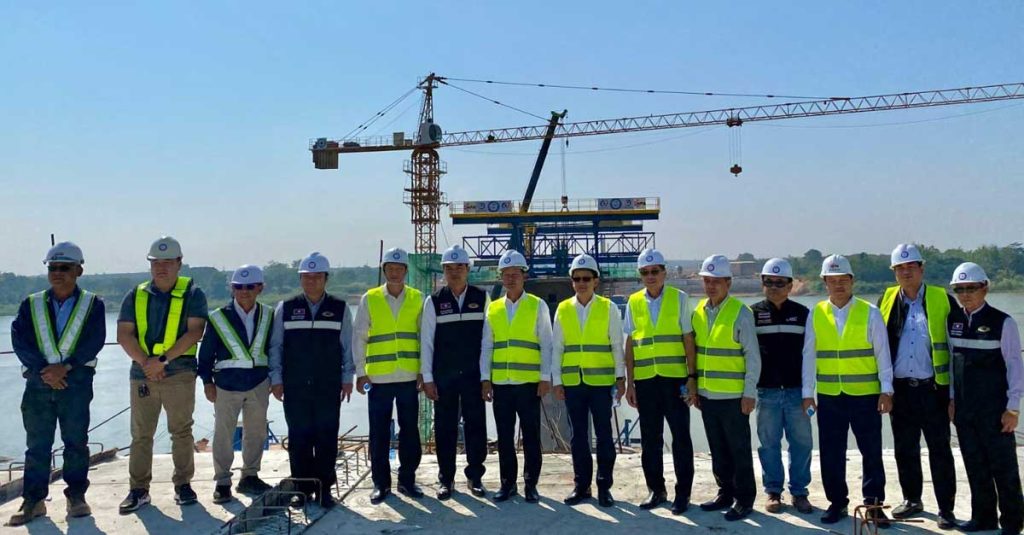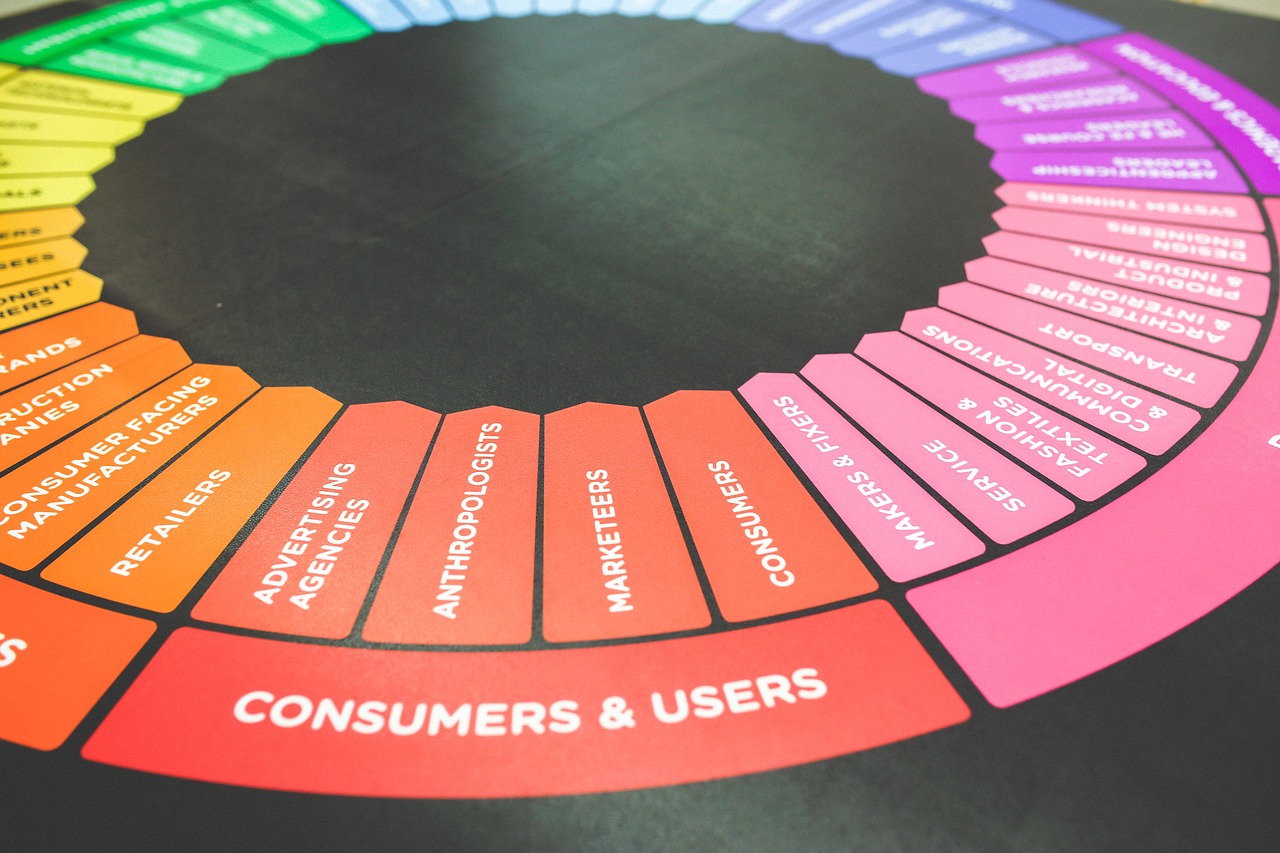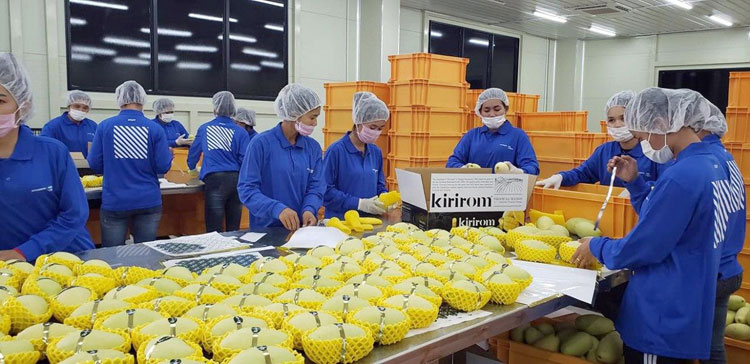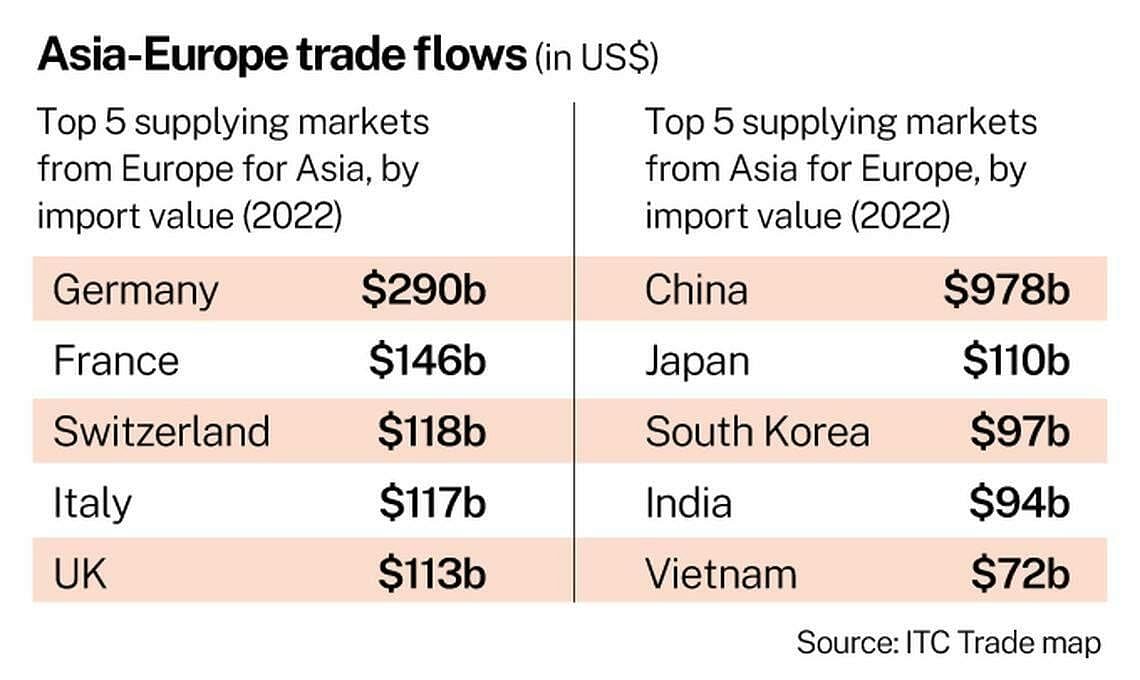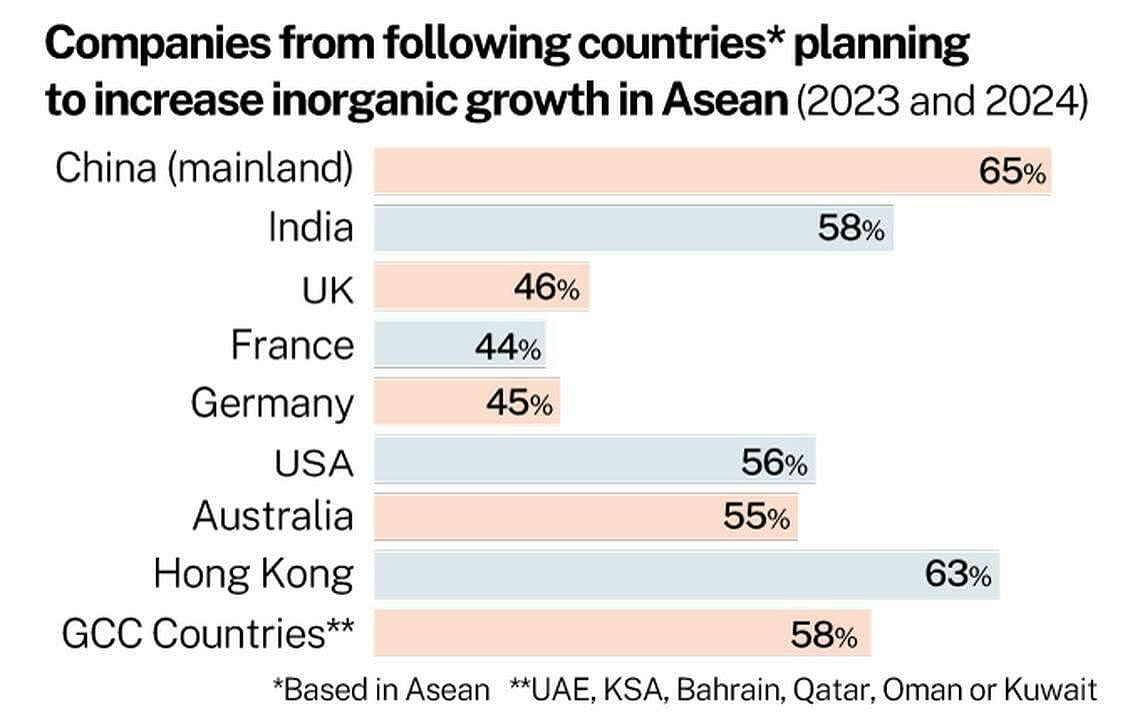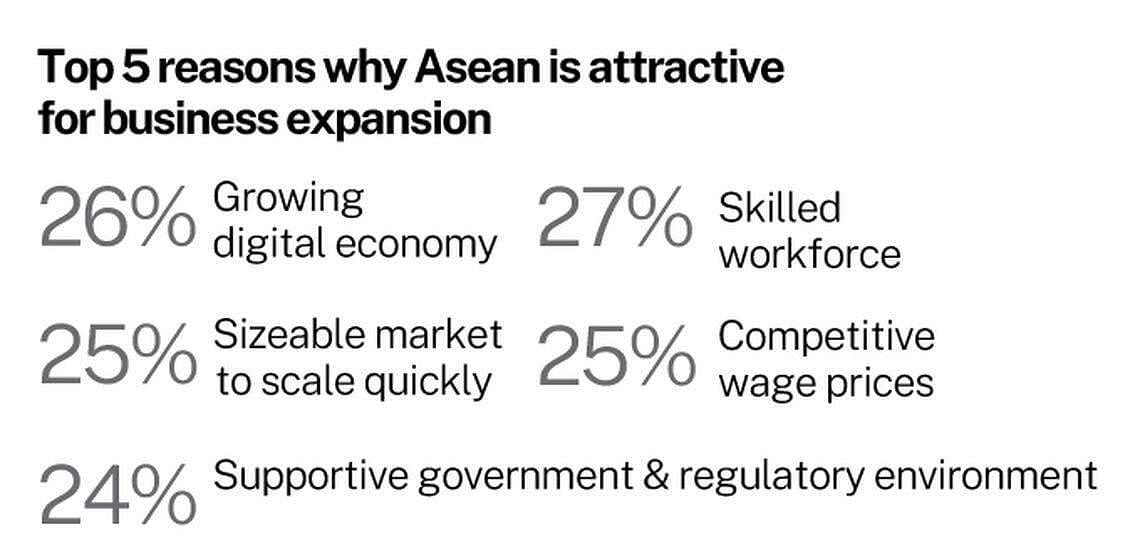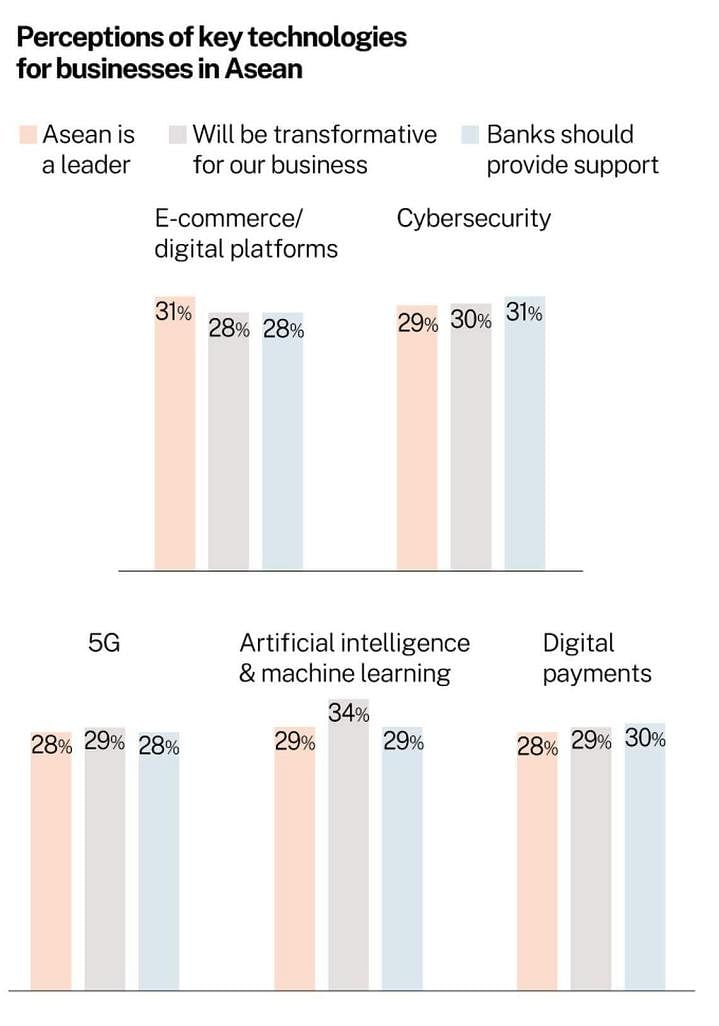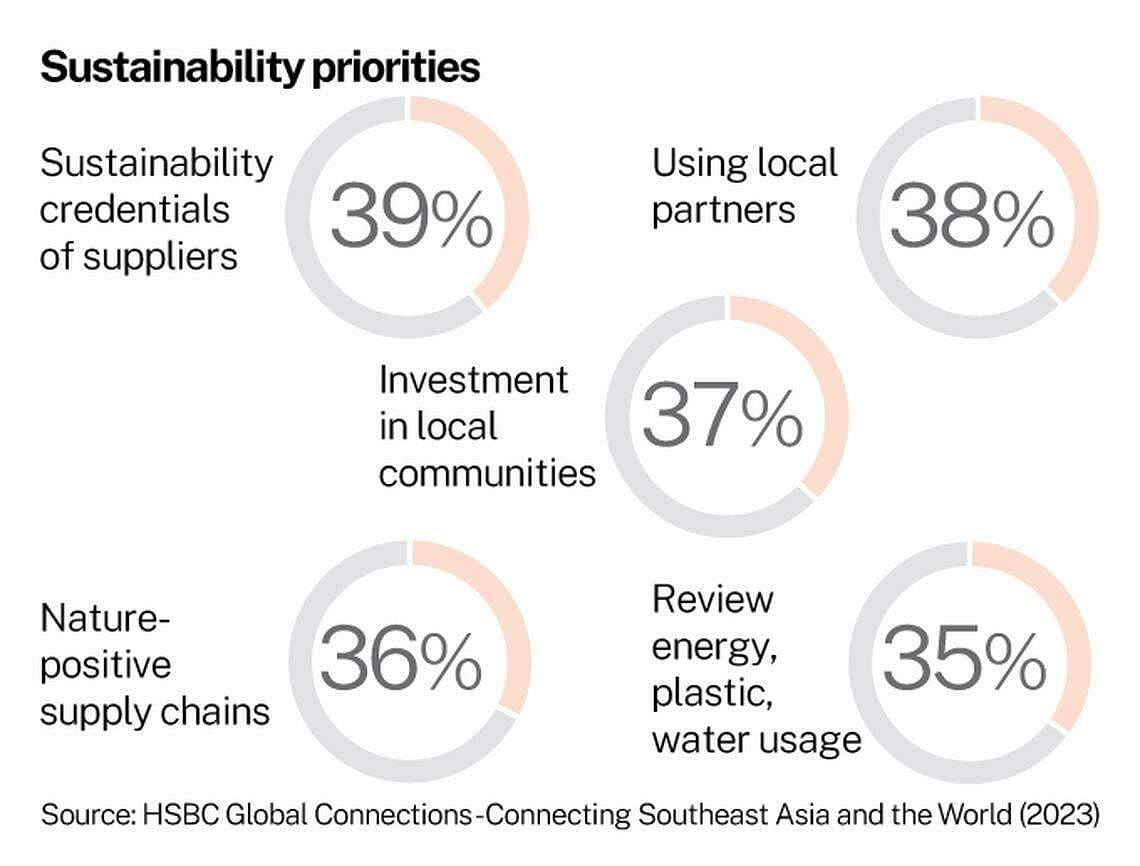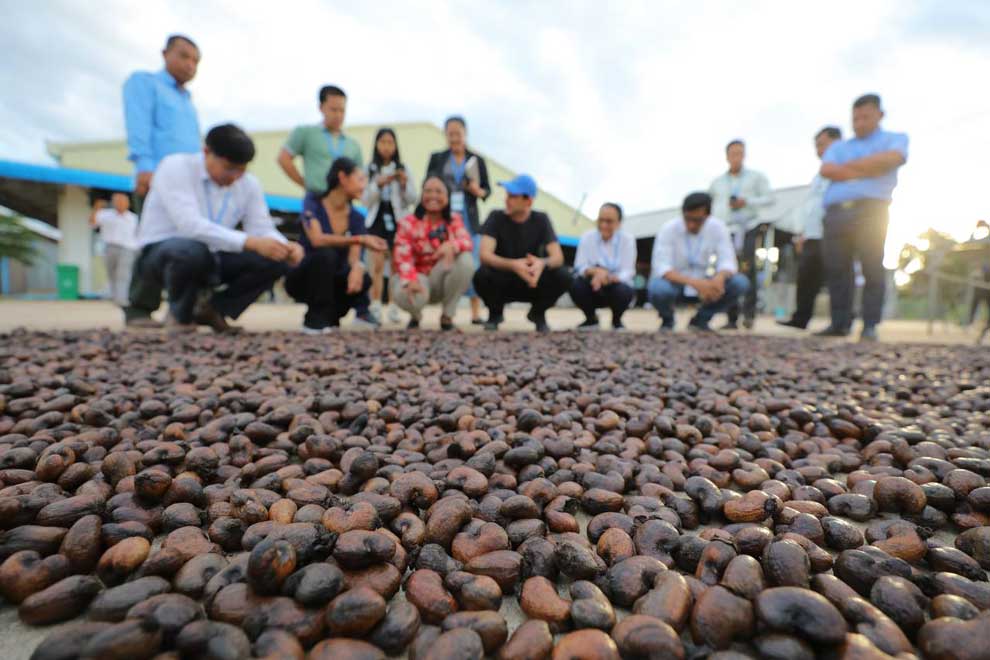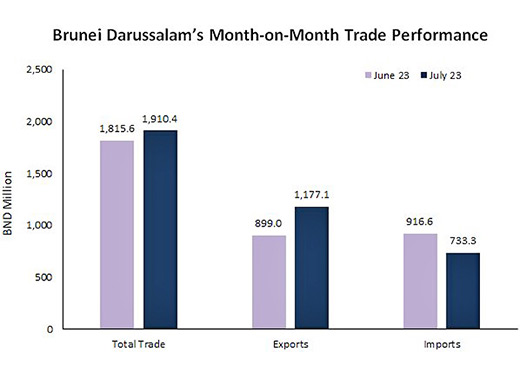Cambodia earned a gross revenue of $3.9 billion from the export of agricultural products in the first 11 months of 2023, said a Ministry of Agriculture, Forestry and Fisheries (MAFF) report on Tuesday.
The Southeast Asian country shipped 7.31 million tons of agricultural products to 75 countries and regions during the January-November period this year, a year-on-year drop of 4.6 percent, the report said.
Key agricultural items for exports included rice, rubber, cassava, mangoes, fresh bananas, pepper, cashew nuts, longan, and corn, palm oil, among others.
“Despite a slight drop in the commodity export in the first 11 months of this year, we’re optimistic that the growth will rebound soon because our export in November had seen a significant increase,” Ngin Chhay, director-general of the MAFF’s General Directorate of Agriculture, said in the report.
He added that the kingdom exported 1.03 million tons of agricultural products in November this year, up almost 50 percent from 0.69 million ton in the same month last year.
China, Vietnam and Thailand are the major importers of Cambodia’s agricultural items.
For authentic article, please visit here.
Author: Xinhua
Source: Khmer Times
AMID a global funding winter, fintech investors in South-east Asia are concentrating the limited funds they are willing to cough up in early-stage startups and alternative lending.
Fintech funding in the region – or more precisely, the six largest Asean economies of Singapore, Indonesia, the Philippines, Vietnam, Thailand and Malaysia – has fallen by 70 per cent for the year to Sep 30, 2023, said a report by UOB, PwC Singapore and the Singapore FinTech Association released on Thursday (Nov 16).
The report, based on data from Tracxn’s platform, said early-stage companies received half the total fintech funding of US$1.3 billion, which went to six of the top 10 funded companies in the first nine months of 2023.
Investors surveyed in the report said that, for them, the key attractions in this space were the new ideas being explored by these early-stage startups, and the smaller capital outlays being sought.
The average fintech deal size stood at US$13.5 million for 9M 2023, down from US$21.8 million for 2022. For comparison, the average deal size in 2019, before the Covid pandemic, was US$9 million.
Shadab Taiyabi, president of the Singapore FinTech Association, said: “While the landscape for fintech funding across the region has certainly been trickier to navigate, it is good to see Singapore retain its (2022) position as the region’s most vibrant destination, attracting the highest number of deals.”
A total of 51 deals were inked in Singapore, comprising 54 per cent of total deal volume of 94 logged for the six Asean economies. In terms of deal value, Singapore bagged 59 per cent, or US$747 million.
Among the nine categories of fintechs surveyed in the report, alternative lending led funding numbers across those six economies for the first time. This form of lending, which includes online lending and crowdfunding, attracted US$408 million, or 32 per cent of total fintech investments – a 22 percentage point increase from 2022.
Insurtech came in second at 25 per cent or US$325 million, increasing by 20 percentage points from 2022. In third place was payments, at 15 per cent or US$186 million, down 24 percentage points from 2022.
By deal volume, the cryptocurrency sector ranked first. However, its share of funding fell 10 percentage points from 21 per cent in 2022 to 11 per cent in 9M 2023, as investors avoided overvaluing the sector.
The fintech slump in the six Asean economies in 9M 2023 mirrors the global one. Fintech funding globally fell to US$43.5 billion as high interest rates and an uncertain economic environment crimped investor appetite. The decline follows the US$163 billion raised in 2021 and the US$107 billion in 2022.
Source: The Business Times. Link: Here.
THE United States has long been a global leader in technology and innovation, and for the last several decades, the San Francisco Bay Area has dominated the conversation. Today, the landscape is fast evolving, with the rise of other prominent startup hubs across the US – notably New York City, Austin and Boston in more recent years.
Still, the San Francisco Bay Area undoubtedly boasts the longest history in the tech industry. Silicon Valley, in particular, has seen the growth of tech giants like Apple, Google and Meta. So, what makes the Bay Area so special?
Even after all these years, the Bay Area continues to rank first across many notable global innovation and startup ecosystem rankings in 2023, such as those by Startup Genome and StartupBlink.
This is due, in large part, to its constant evolution in tandem with changes in the global startup and innovation scene. It is an ecosystem that has been meticulously cultivated over decades, with an established and solid foundation of research institutes, think tanks, venture capital (VC) and regulatory infrastructure.
Top-notch research institutions like Stanford University and the University of California, Berkeley, which are in close proximity, provide an available and diverse talent pool that feeds the ever-growing demand for innovation talent. Startups and companies also get to be active participants in cutting-edge research with these institutions that propel new innovations. This is supplemented by strong networks that companies get to connect to, share ideas and form new partnerships with.
Investment is another key building block of a successful startup ecosystem. The Bay Area’s high concentration of investors, corporates and specialised financial institutions mean the availability of smart monies for startups in the immediate area.
This is hugely appealing to tech startups. In fact, San Francisco topped Pitchbook’s Global VC Ecosystems ranking this year, with close to 2,000 funds and a fund value of over US$260 billion. In August 2023 alone, three startups raised US$100 million each in the Bay Area – cybersecurity startup Resilience, artificial intelligence startup Modular, and sales and martech platform Apollo.ai.
While incidents such as the collapse of Silicon Valley Bank in March 2023 did shake confidence initially, specifically in smaller financial players, the ecosystem has made a quick recovery – a testament to the strength of the Bay Area’s foundation.
Despite the overall economic downturn and funding winter, VC funding in the Bay Area remains strong.
According to Pitchbook’s 2023 Global VC Ecosystem ranking report, there is a sizeable gap between the VC ecosystems of San Francisco and other hubs. From the third quarter of 2017 to Q2 2023, US$364.5 billion was invested into San Francisco-based startups, which is almost twice the amount raised from the second-highest ranked city in the US. Singapore ranked fifth in Asia within the same period, with US$39.5 billion.
The US as an innovation and technology partner
Beyond startups, the innovators of the Bay Area continue to push groundbreaking advancements in deep tech across all sectors. For instance, San Francisco-based OpenAI launched ChatGPT late last year, taking the world by storm. Fuelled by both global demand and pressing societal issues, such as climate change and ageing populations, startups in the area have remained on the forefront of such much-needed technological advancements. The flow of talent, expertise and ideas have helped facilitate this.
Singapore companies, too, see the US as a great innovation partner, and have increasingly ventured there for growth.
In healthcare, the US has long been recognised as a mature and reference market. Singapore biomedical company Lucence first entered the US market in 2020, with support from Enterprise Singapore (EnterpriseSG), and has since posted several Singaporeans to its San Francisco facility.
The company chose the US largely because the relatively high acceptance of personalised medicine and liquid biopsy is shared by both US clinicians and regulators. Earlier this year, Lucence managed to secure Medicare approval for its diagnostic testing solution, bringing Singapore-grown technical expertise to scale in the US. Beyond making its solution more accessible to everyday Americans, obtaining Medicare approval also lends credibility worldwide, given the US’ position as a global leader in precision medicine.
Similar to personalised medicine, the alternative protein market in US is more developed and widely accepted, given the growing demand by consumers seeking more environmentally friendly products. In March, EnterpriseSG led a foodtech-specific mission for startups to explore opportunities in the Bay Area. Startups on the trip, such as ImpacFat which develops cultivated fish fat, were very interested to find research partners in the Bay Area to further enhance their product and concurrently look for investors.
Apart from startups, many large Singapore corporates have entered the Bay Area. In 2019, ST Engineering established an office for its corporate VC unit in Silicon Valley, as part of its proactive engagement with the startup ecosystems. Singtel set up a corporate VC arm in San Francisco to invest in promising startups with world class technology whose solutions could eventually be incorporated back at the group level or diversified into new growth areas.
Accelerating entry into the US
The journey from Singapore to the Bay Area is not without its challenges. To help Singapore companies gain a foothold into the Bay Area, EnterpriseSG established an acceleration programme through its Global Innovation Alliance (GIA) initiative in 2019. Working with in-market players like Plug and Play helps to open doors for Singapore companies and provides insights into navigating the complexities of starting in a new city.
We see greater opportunities for Singapore companies in the market, especially in healthcare and biomedical, sustainability, digitalisation, advanced manufacturing and more. To facilitate the growing demand from more Singapore companies looking to establish a presence in the Bay Area, EnterpriseSG recently opened its San Francisco office, located in San Mateo.
Together with our offices in New York and Los Angeles, the new San Francisco overseas centre will provide Singapore companies with customer insights, help them identify projects and connect with the right partners as well as navigate regulations.
The US and Singapore have always enjoyed close economic ties, and EnterpriseSG will continue to look out for new areas of cooperation to deepen our bilateral relationship.
The writer is executive director of Americas and Europe at Enterprise Singapore
Source: The Business Times. Link: Here
GLOBAL trade, the key building block of international growth, is often seen as an indicator of how the global economy and, by extension businesses across the world, are faring.
Based on World Trade Organization (WTO) numbers released earlier this year, global trade volume grew 2.7% in 2022, with the value of world merchandise trade rising 12% to US$25.3 trillion (about S$34.7 trillion), and world commercial services trade up 15% to US$ 6.8 trillion. Digitally delivered services exports were at US$3.82 trillion in the same year.
The fastest growing sectors for merchandise trade were energy-related. Other top performers were agricultural products and manufactured goods such as automotive products and clothing.
In the commercial services trade, computer services was the most dynamic sector with world exports at 45% above pre-pandemic levels reflecting demand for software, cloud services, machine learning and enhanced cybersecurity.
WTO estimates also show an almost fourfold increase in value, from 2005, for global exports of digitally delivered services. This includes services traded cross-border through computer networks, that is through the Internet, apps, emails, voice, and video calls, and increasingly, through digital intermediation platforms such as online gaming, music and video streaming, and remote learning.
The Asia-Europe Trade Corridor
The wars raging in Ukraine, and more recently the Gaza Strip, have cast a pall on the global trade outlook for 2023 and even 2024. But businesses across the world need to persevere, and major trade channels such as the Asia-Europe corridor continue to connect countries together in a complex export-import web to facilitate these businesses.
According to the HSBC Asia-Europe Corridor Outlook 2023 – Forging Deeper Connections report, the Asia-Europe trade corridor is a major component of the global economy with one of the world’s highest trade volumes.
The 51 countries of the Asia-Europe Meeting (Asem) account for 65% of the global economy, 60% of the global population, 75% of global tourism, and 55% of global trade.
The 21 Asem countries contributed 36% of EU international trade in goods in 2020 and were the destination of 27% of exports from the EU, and the origin of 45% of EU imports.
China and India play a critical role in Europe’s trade with Asia. China was the top destination for Europe-5’s (comprising France, Germany, Ireland, the Netherlands and the UK) exports to Asia in 2022. Collectively, China, Asean and India accounted for 50% of Europe-5’s exports to Asia.
European investors tap opportunities in Asean’s digital economy, worth almost US$200 billion of gross merchandise value in 2022. This is expected to hit US$330 billion by 2025, powered by e-commerce, travel, food and transport, and online media.
In Asia, China and Singapore have consistently received the most foreign direct investments from 2017 to 2022, with US$189 billion and US$141 billion, respectively, invested in 2022 alone.
Asean
No discussion on global trade is complete without highlighting Asean’s contribution. Asean’s GDP growth exceeds much of the rest of the world: it grew 30% from 2011 to 2021, compared with global growth of 23% over the same period. As a trade bloc, Asean’s US$3.66 trillion GDP (2022) makes it the fifth largest economy after the United States, China, Japan, and Germany.
Visualise this: In 2030, one in six households entering the world’s consuming class will be in an Asean country, as the region’s population is forecast to hit 723 million and consumption is expected to drive its GDP to an estimated US$4.5 trillion.
The region is likely to be a key driver of trade growth because of a number of factors fuelling its consumption boom: Demographic growth; urbanisation; developed ecosystems for digital trends; rise of Tier 2 cities; and high-value-added services.
Five key markets, collectively known as the Asean-5, are fostering growth within Asean: Malaysia, Indonesia, Singapore, Thailand, and Vietnam. HSBC’s report (Asia-Europe Corridor Outlook 2023 – Forging Deeper Connections) states that as at 2021, Asean-5 accounted for 84% of Asean GDP and 72% of the region’s population
Growth pains
International companies based in Asean recognise that its large markets, able and affordable workforce, and improving infrastructure, all position the region positively for technological innovation.
Growth enablers: Digitalisation
- Digitally delivered services exports worth US$3.82 trillion in 2022, with almost 25% of such services originating from Asian economies. (Source: WTO)
- Asean’s digital connectivity is an attractive factor for international businesses.
- Three in 10 (31%) of international businesses believe Asean is leading in e-commerce and digital platforms. Digital payments seen as the region’s strength.
- International businesses in Asean plan to invest an average of 8.3% of operating profit in technology and digitalisation over the next 12 months.
Sustainability
- Businesses plan to invest ~8% of operating profits in sustainability over the next 12 months.
- Financial considerations are a main barrier to becoming more sustainable.
- Four in 10 (41%) have issued green or sustainable bonds, and the same percentage have used sustainability-focused investment funds.
Amanda Murphy, head of commercial banking for South and Southeast Asia, HSBC, said: “Southeast Asia is clearly an attractive manufacturing base, with increasingly advanced supply chains and a highly skilled workforce attracting global firms to the region. However, the consumer story is also one to watch for international businesses as digital adoption and domestic spending power grow.”
A four-day press and study tour of the Cambodian cashew production chain in Phnom Penh, Kampong Thom, Kratie and Stung Treng provinces was organised by the Ministry of Agriculture, Forestry and Fisheries in collaboration with the Ministry of Commerce. The visit, which is supported by the EU, is being held from November 29 to December 2.
Speaking at the opening of the tour on November 29, the agriculture ministry spokesperson Im Rachna stated that the visit was attended by over 50 participants. These included representatives from the agriculture and commerce ministries, the EU, Germany’s international development agency GIZ and 30 media outlets.
Rachna said that the three-night and four-day visit, attended by 40 journalists, was an opportunity to learn about the cashew production chain from planting and harvesting to processing and market potential.
She added that the visit would also provide comprehensive awareness of the agriculture ministry’s efforts to promote production in alignment with the “National Cashew Policy 2022-2027,” issued by the commerce ministry to propel Cambodia to become the ‘Cashew Emperor’.
“The visit is a testament to the close cooperation between all stakeholders, such as the government, businesses and representatives of the media, to enhance the cashew production chain and the EU’s contribution to the sector through clear and accurate means of communication,” she said.
Bryan Fornari, head of cooperation of the EU delegation, noted that the cashew value chain is extremely important, which is why the EU is fostering relationships and collaborating to further promote it in the country.
For further read, please click here
Author: Orm Bunthoeurn
Source: The Phnom Penh Post
Brunei’s total trade rose by 5.2 per cent in July compared to June. The increase was due to the rise in exports value by 30.9 per cent. However, imports value fell by 20 per cent.
Exports in July was valued at BND1,177.1 million, where mineral fuels represented the major contributor to the Sultanate’s exports at 81.3 per cent followed by chemicals (16.4 per cent) and machinery and transport equipment (1.1 per cent).
The five main imports by commodity for July were mineral fuels (58.6 per cent) followed by machinery and transport equipment (15.5 per cent), food (eight per cent), chemicals (6.8 per cent) and manufactured goods (5.8 per cent).
The main export markets in July were Australia (23.4 per cent) followed by Singapore (19.6 per cent) and China (13.8 per cent). The largest export commodities to these countries were mineral fuels and chemicals.
The biggest import partners were Malaysia (32.7 per cent) followed by Saudi Arabia (15.8 per cent) and Kazakhstan (15.5 per cent).
Source: Borneo Bulletin
Read the full article here
His Majesty Sultan Haji Hassanal Bolkiah Mu’izzaddin Waddaulah ibni Al-Marhum Sultan Haji Omar ‘Ali Saifuddien Sa’adul Khairi Waddien, Sultan and Yang Di-Pertuan of Brunei Darussalam said that to build inclusive and resilient economies, APEC must continue advocating for a rules-based multilateral trading system that ensures equal opportunities and fair competition.
His Majesty said this during a titah at the APEC Economic Leaders’ Retreat (Session II) at the Moscone Center, San Francisco in the United States (US) on Friday.
Accompanying His Majesty was His Royal Highness Prince ‘Abdul Mateen.
The retreat began with opening remarks from US President Joe Biden as the APEC chairman for 2023. He then invited President of Peru Dina Boluarte as incoming chair of the APEC AELM, to deliver her remarks. Peru will host the APEC meet in 2024.
Discussions during the retreat focused on interconnectedness and building inclusive and resilient economies. His Majesty also highlighted the importance of regional economic integration initiatives such as the Regional Comprehensive Economic Partnership (RCEP), the Comprehensive and Progressive Agreement for Trans-Pacific Partnership (CPTPP) and the Indo-Pacific Economic Framework (IPEF) in unlocking the full potential of APEC economies for greater prosperity.
In this regard, His Majesty emphasised continued commitment to establishing the Free Trade Area of the Asia Pacific (FTAAP) as a priority within APEC.
His Majesty further recognised APEC’s role as a driving force for innovation as well as the opportunities and risks presented by the rise of artificial intelligence, and underscored the importance of responsible use of technologies and promoting research and development to ensure that APEC continues to be an innovative and forward-looking region in the digital era.
In addition, His Majesty called for engagement with all stakeholders with a focus on youth and micro, small and medium enterprises, and promote their digital skills development to nurture innovation while adopting policies that facilitate international market access which will empower them to compete globally. In this pursuit, His Majesty highlighted that APEC’s role through ECOTECH as an incubator of ideas is vital to the APEC process.
His Majesty concluded by conveying Brunei Darussalam’s full support towards Peru’s chairmanship of APEC next year.
At the conclusion of the AELM, the APEC Leaders’ 2023 Golden Gate Declaration ‘Creating a Resilient and Sustainable Future for All’ was issued.
As part of the outcome of the APEC 2023, a joint statement of Brunei Darussalam, Indonesia, and Malaysia on the occasion of the 30th APEC Economic Leaders’ Meeting (AELM) was also issued.
Source: Borneo Bulletin
Read the full article here


